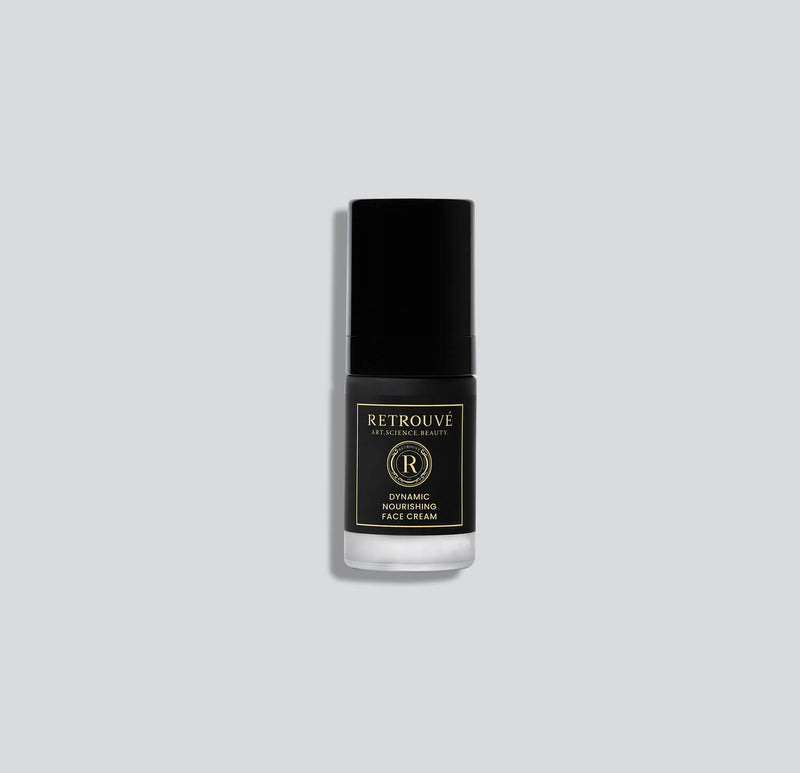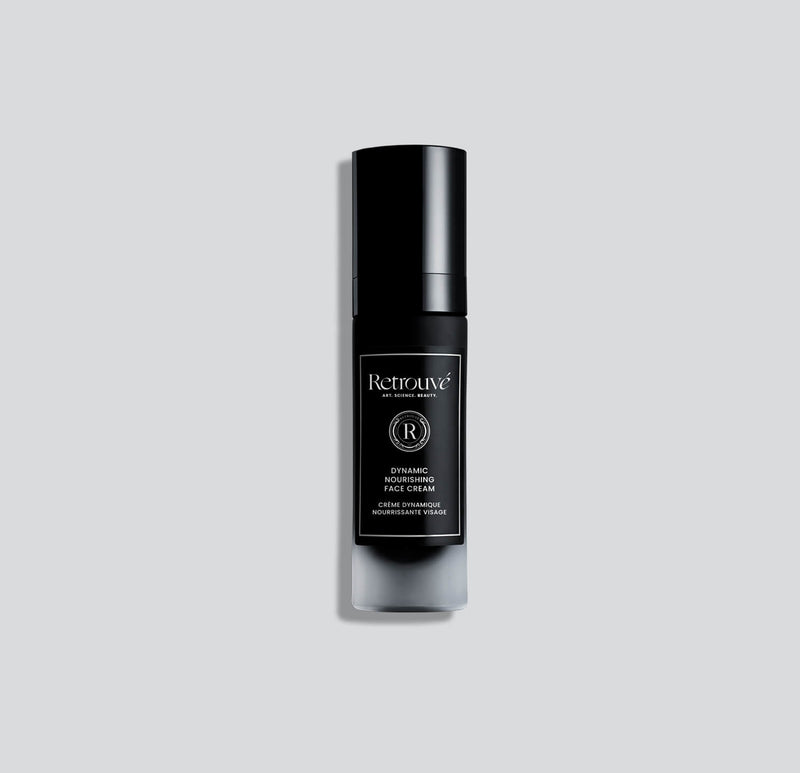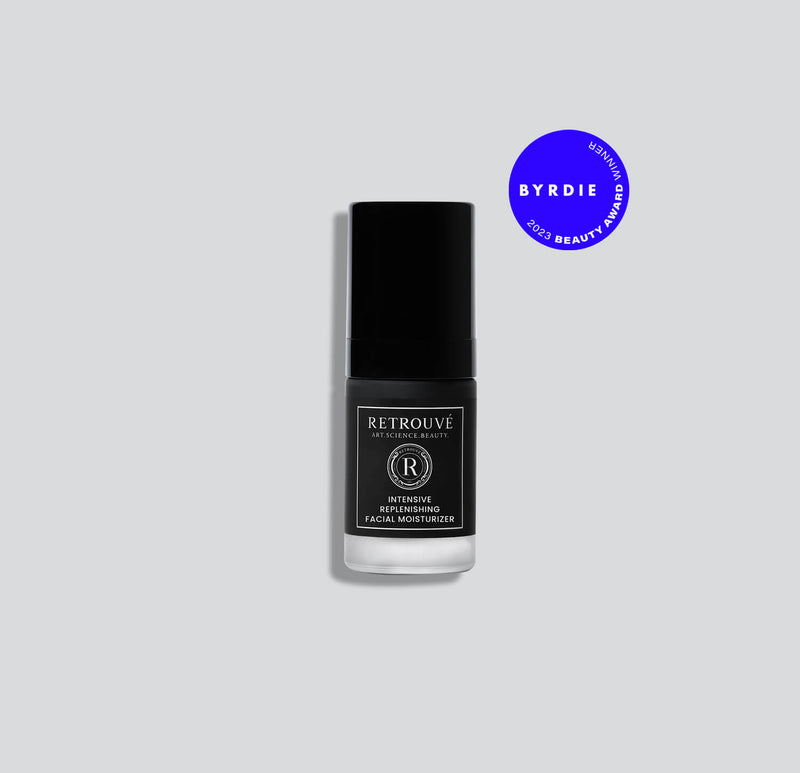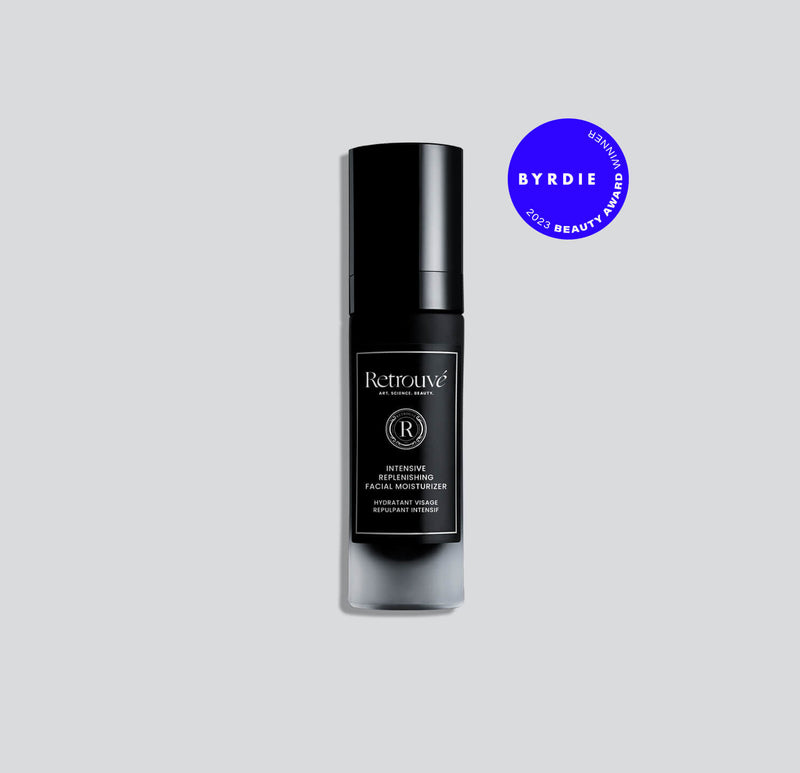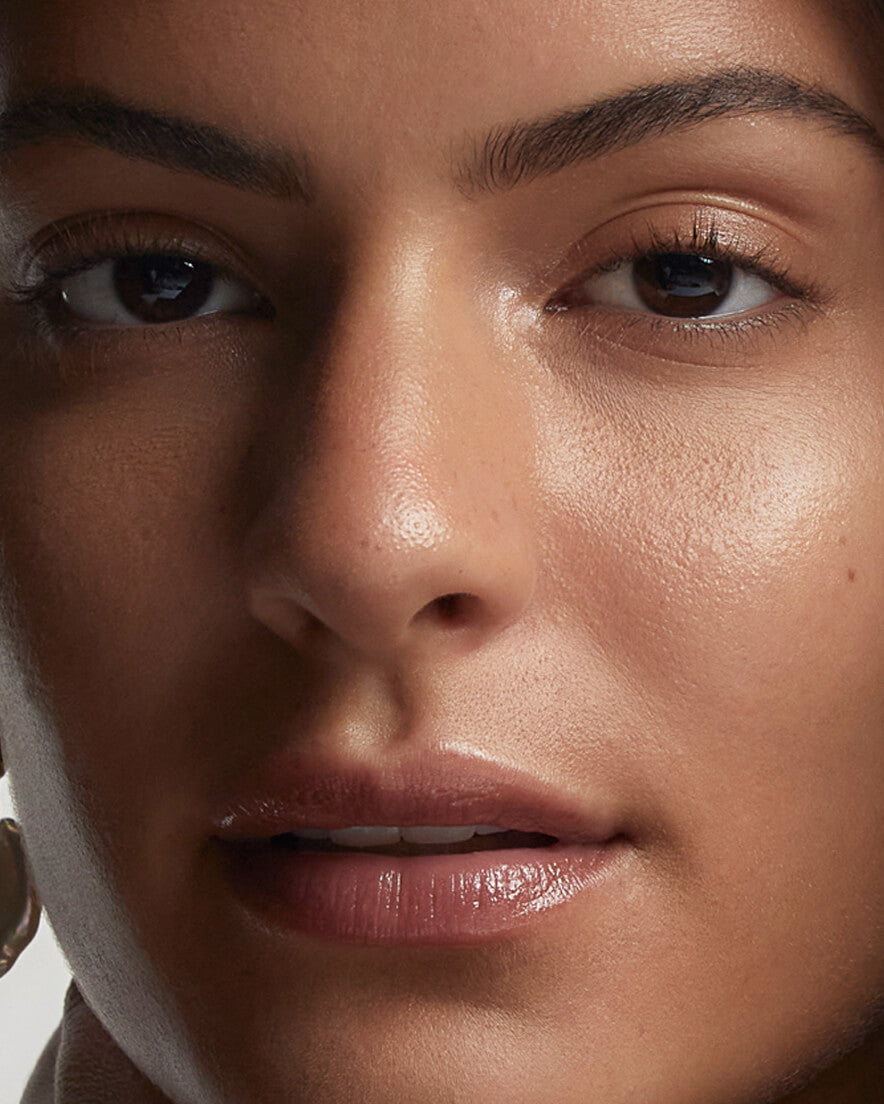The sun is the primary cause of aging and damage to our skin.
The only way to protect the largest organ of our body from the enormous star around which the earth orbits is to establish a multi-pronged sun protection regimen.
It can take time to implement thorough sun protection precautions into one’s daily life; however, the skin, in the long run, will have extraordinary visual and health benefits.
The use of SPF 30+ broad spectrum sunscreen alone, however, is not adequate by itself in protecting the skin but must be a part of a fuller approach to avoid the premature aging (structural, textural, and pigmentary changes) induced by the sun as well as the more important cancerous changes induced by ultraviolet rays.
11 Tips for Effective Sun Protection
1. Schedule and Cover Up
Try to avoid the sun for any extensive period between 9 am and 3 pm, and seek shade at all times. It is best to keep as much skin covered as possible.
- When outside, always wear a hat with a wide brim.
- Try to wear tops/shirts and pants/cover-ups made with sun-protective fabric or fabric that has a tighter weave. (Tee shirts do not provide protection!)
- Wear swim tops that protect the delicate neck and décolleté area when in the water, and wear scarves or turtleneck-style tops when on dry land.
The more skin that is covered, the better.
2. Wear Sunglasses
Sunglasses were created to act as a protective barrier for the eyes and to reduce eyestrain created by glaringly bright light. They not only protect the actual eye health but also function as the first line of defense for the vulnerable, delicate skin surrounding the eyes.
With most of the major designers having their own lines of eyewear, sunglasses are not only fashionable, but they can be beneficial for your skin, too. Invest in a pair that offers UV400 protection. Know that the larger the frames, the more eye-area skin that will be protected. Wrap-around sunglasses can be very helpful, too. Read more here.
3. Use SPF 30 or Above
Do not use lower SPF sunscreens such as 10 or 15 – they simply do not protect skin adequately! Only SPFs 30 and above that are broad-spectrum (ie, block both the UVB burning rays and UVA long-range ultraviolet rays) have been shown to prevent damage from the sun’s harmful rays.
“The biggest problem with the efficacy of sunscreens is getting it out of the bottle and onto the face. Most people wear some SPF at the beach but forget that the majority of sun damage occurs from incidental exposure in our daily lives – shopping, walking, and indoor fluorescent/halogen/incandescent light. It is due to the aforementioned that we advocate the daily use of full-spectrum SPF 30+,” explains respected Beverly Hills dermatologist, Dr. Harry Saperstein.
4. Apply Generously
Do not make the mistake of applying too little sunscreen. Apply generously to ensure that your skin is fully protected: To achieve the SPF reflected on a bottle of sunscreen, the Skin Cancer Foundation recommends using one ounce of sunscreen, which is about the amount that would fit into a shot glass, to cover the entire body. For the face, they suggest a nickel-sized dollop.
Dr. Saperstein warns that “most people apply between 25% – 50% of that amount, dropping their SPF of 60 down to an SPF of 15 – 30.”
5. Know the Difference Between Physical and Chemical Sunscreens
There are two types of sunscreen: physical and chemical. Physical ones use UV filters such as zinc oxide and titanium dioxide and protect skin by deflecting or blocking the sun’s rays. Chemical sunscreens utilize chemical UV filters and work by absorbing the sun’s rays.
Physical sunscreens tend to be better tolerated by most skin types, as the sun-protectant ingredients in chemical sunscreens can be irritating for many people and many have been called into question today. Moreover, physical sunscreens start to protect the skin immediately upon application, whereas chemical sunscreens take around 20-30 minutes before they offer effective sun protection. In general, many people find it preferable to utilize a physical sunscreen.
6. Watch the Clock
Dr. Saperstein suggests limiting time spent in the sun from 9 AM until 3 PM, as that is when the sun’s harmful rays are at their strongest. Although the burning rays of the sun fluctuate throughout the day, the long-range, deeply penetrating ultraviolet rays are present at the same level from sunrise to sundown.
7. Reapply at Least Every Two Hours
The Skin Cancer Foundation stresses that the reapplication of sunscreen is just as important as putting it on in the first place! Apply the recommended amount of sunscreen at least every two hours. Regardless of time, reapply immediately after swimming or sweating – even if a sunscreen product indicates that it is water-resistant.
8. Airplane Windows Can Be Hazardous for Skin
Ultraviolet rays are more intense and radiation levels are higher when flying on an airplane. Although the burning rays of the sun (UVB) cannot pass through windows, long-wave ultraviolet (UVA) rays can.
If you are sitting next to a window, remember to reapply your daily SPF 30+ every two hours. A long flight while exposed to these conditions can create damaging effects. “A pilot flying at 35,000 feet for 1 hour received the same cancer-causing dose of long-range ultraviolet rays as 20 minutes on a tanning bed,” per Dr. Saperstein.
9. Apply Sunscreen to the Back of Hands While Driving
Men and women typically show their age on the backs of their hands. One of the main contributing factors to aging hand skin is direct hand exposure to the sun while driving.
The sun’s UVA rays can penetrate the windshield of a car or car window and damage the back of the hands while the driver grips a steering wheel. Before getting into a car, always apply sunscreen to both hands or wear gloves that have an SPF factor. As always, do not forget to protect the face by wearing your daily SPF 30+ – did you know that skin cancer is detected more on the driver’s side of the face?
Keeping the skin moisturized and nourished can also help to keep hands in top condition. We suggest our Dermal Defense Hand Cream, rich in avocado, niacinamide, and bakuchiol, to help maintain a healthy-looking, bright appearance.
10. Be Aware of Photosensitivity
Certain medications and medical conditions can contribute to the skin’s being extra sensitive to ultraviolet rays, thus making the skin more susceptible to sun damage. Perfume, RetinA use, and strong exfoliation can increase photosensitivity, too. (This is also why we do not add synthetic fragrance to our products!)
11. Do Not Wear Moisturizers Containing Sunscreen to Bed
Always cleanse the skin and remove sunscreen (as well as makeup and any other products used during the day) before retiring. Enriched with emollient avocado oil, our gentle yet effective Luminous Cleansing Elixir will leave skin clean and satiny soft. (It will also dissolve the sunscreen at the end of the day without a “tight” or dry feeling!) Then proceed with the evening skincare routine, making sure that your nighttime moisturizer does not contain sunscreen.
Thanks!
You’ll receive an email when it’s back.
featured products
related
Skin Care
Jami’s Skincare Routine for Long-Distance Flights
I fly many air miles a year; mainly between North America and Europe, and one thing is certain: Extended periods of time in flight are simply terrible f...
ReadSkin Care
Jami’s Tips for Transitioning Skincare to Spring
Temperatures soar in spring, and with warmer weather comes clothing that exposes more skin, as well as an increased desire for one’s skin to look its best!
ReadSkin Care
Sunglasses: More Than a Fashion Statement
Most people are aware of the damaging effects of UV light exposure to the skin; however, many do not realize that solar radiation can be quite harmful t...
ReadSkin Care
Jami’s Skincare Routine for Long-Distance Flights
I fly many air miles a year; mainly between North America and Europe, and one thing is certain: Extended periods of time in flight are simply terrible f...
ReadSkin Care
Celebrating 10 Years with 10 Suggestions for Self-Care
Birthdays at my age are times when I definitely reflect more on age and aging. I personally endeavor to try to stay as healthy as I can holistically for...
ReadSkin Care
The Skin Barrier Explained
Our skin is our body's largest organ and serves as a vital barrier between the internal systems of our bodies and the outside world.
Read
